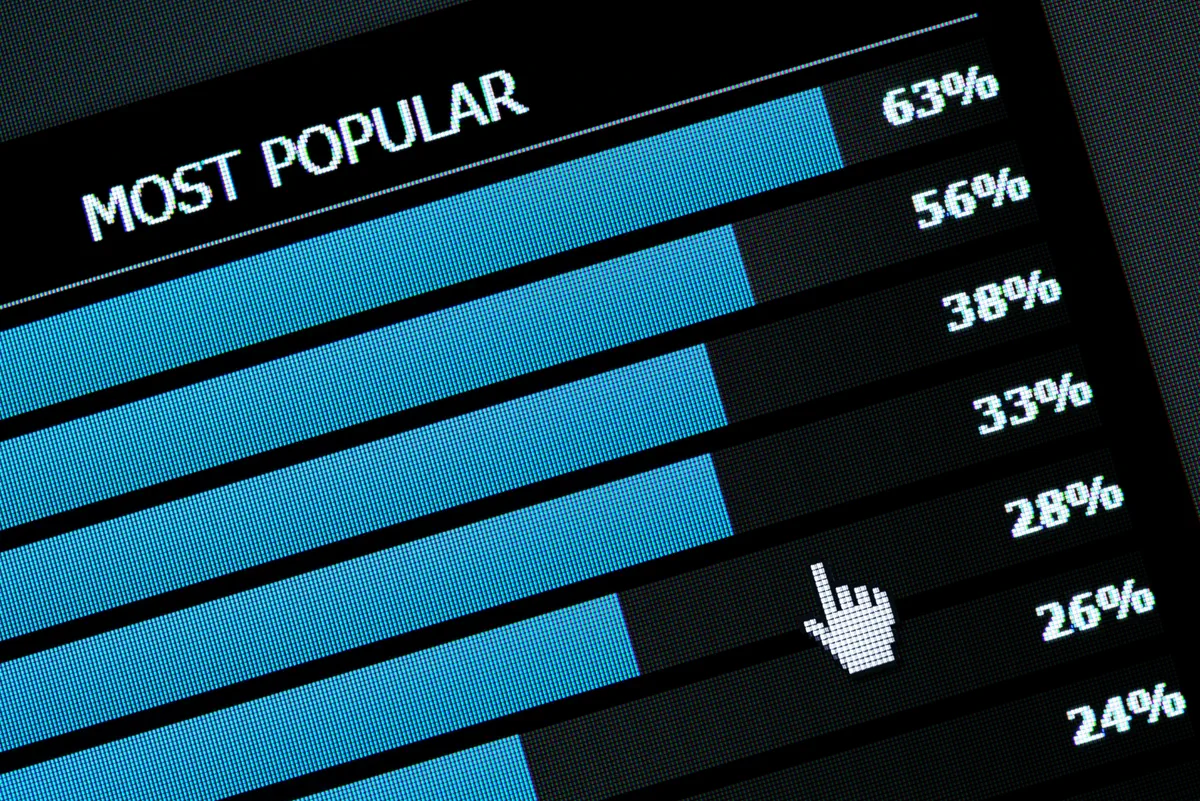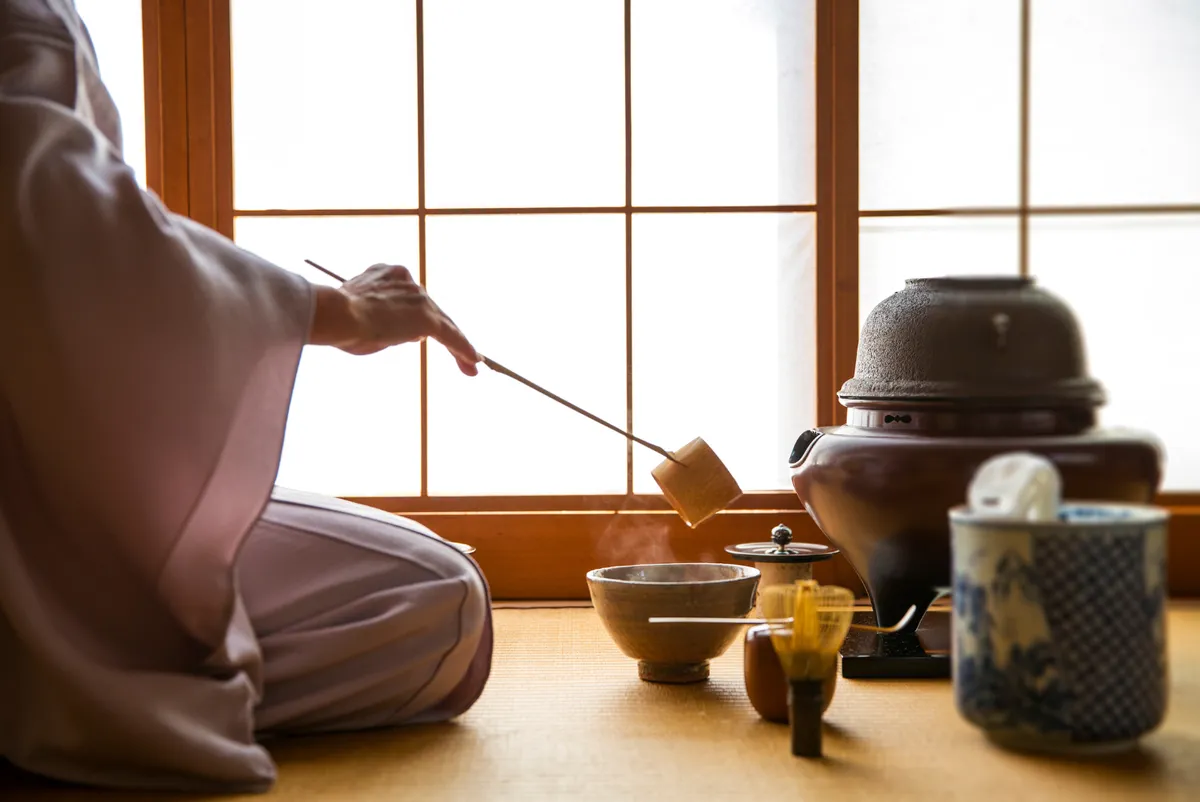
The twilight of aikido? The reasons for its declining popularity and the state of other martial arts in the
modern world.
-
-
Aikido, a Japanese martial art built on harmony and non-resistance, holds a unique place in the world of combat sports and martial arts. While most combat sports focus on competition and physical confrontation, Aikido, with its philosophical depth and aspiration to harmoniously resolve conflicts, offers a different path. However, in recent decades, interest in this martial art has significantly declined worldwide, while other disciplines like karate, judo, taekwondo, and especially Brazilian Jiu-Jitsu (BJJ), show different, often growing, trends. What lies behind this phenomenon, and what future awaits the "way of harmony," which fundamentally shies away from competitiveness?
The dramatic decline in aikido's popularity
Google Trends data paints an alarming picture: global online search interest in Aikido has shown a dramatic decline of approximately 93% since 2004, indicating a long-term downturn. Surveys by the Aikido Journal confirm a similar trend, especially in the United States. The number of new interested individuals is critically low, the community is aging, and the proportion of beginners compared to advanced practitioners is extremely low, posing serious sustainability problems.

The complex reasons for the decline
-
Aging community and lack of new blood:
The low interest among young people, and the difficulty in retaining the few young practitioners, is a primary concern.
-
Questioning of "real-life" effectiveness:
In the age of MMA, many criticize Aikido for its perceived lack of direct combat effectiveness. The founder of Aikido, Morihei Ueshiba, aimed not for sport combat but for the harmonious redirection of an attacker's energy and the minimization of injuries. This philosophy fits poorly into the world of modern combat sports, and Aikido, by its nature, avoids competitions and direct, free sparring against resisting opponents, making it difficult to externally assess the applicability of its techniques.
-
Internal problems and fragmentation:
The Aikido community is often characterized by internal tensions, debates about "true" Aikido, and numerous, often rivaling, styles and organizations, which weakens unified action.
-
Outdated structures and communication:
The hierarchical, sometimes patriarchal, structure of many dojos can alienate younger generations. Aikido also faces significant challenges in marketing and external communication; many dojos have a weak online presence.
-
Clash of teaching traditions with modern expectations:
Problems can arise if teaching methods become rigid and respect for tradition turns into a complete rejection of change. While Aikido's fundamental principles are timeless, teaching methods and the way the art is transmitted should reflect the needs of modern students.
-
Negative online presence and the destructive impact of discrediting content – the need for a proactive
response:
Online media, especially video-sharing platforms, pose a new and severe challenge. The proliferation of often intentionally discrediting, misleading, or simply poor-quality videos ridicules Aikido and negatively impacts its perception. This negative spiral is further amplified by the online dynamic that bad news, scandalous, or ridiculous content often spreads much faster than positive messages, and "fake" videos often achieve high viewership precisely because they attract a broader audience seeking entertainment or a laugh. Directly "fighting" this digital "smear campaign" is almost impossible. The difficulty is compounded by Aikido's internal nature: as it doesn't define "victory" and lacks clear, externally measurable criteria, it's hard to uniformly judge demonstrations. A more effective response lies in the proactive creation of quality alternatives. This kind of digital vulnerability is less characteristic of martial arts like BJJ, where "live" practice, competitions, and strong online community control more effectively filter content.
-
Shift in values and lack of patience in modern society:
It's also a significant factor that the values Aikido represents – such as perseverance, patience, and striving for internal development – are less "fashionable" in today's fast-paced, result-oriented world. Deeper understanding in Aikido requires years, even decades, of dedicated practice, whereas modern society prefers immediate results. In this "high-spin" world, a profound art is less attractive, especially to the young. However, it is possible that people will eventually recognize their fundamental need for true calm, precision, and deep thought, and in this process, the values offered by Aikido may be re-evaluated.
-
The burden of the "martial art" label – the example of yoga:
It's worth comparing Aikido's situation with, for example, the current golden age of Yoga. Yoga, practiced by extremely large numbers, primarily offers tranquility, relaxation, and the achievement of a meditative state. These values are largely present in Aikido as well. However, Yoga is in a much easier position as it does not have to live up to the label and expectations of being a "martial art." Therefore, it does not become a target for critics who judge martial arts solely from the perspective of combat effectiveness. Aikido, on the other hand, as a declared martial system, constantly has to prove its legitimacy in this area, which creates a paradoxical situation for an art whose central element is conflict avoidance and the creation of harmony.
-
The question of quality and comprehensibility of demonstrations even at high levels:
A further, sensitive point that may contribute to Aikido's perception problems is the quality and accessibility of high-level demonstrations themselves. It can be observed that even at the most prestigious, central Aikido events – where supposedly the most recognized representatives of the art demonstrate – there are demonstrations that are difficult to interpret even for practitioners with decades of experience, or do not convey the harmony and aesthetics of Aikido. If a dedicated, experienced Aikidoka struggles to connect, how could an outsider understand? If some demonstrations do not appear beautiful, harmonious, or even seem externally violent, it can raise serious doubts and inadvertently contribute to the confusion surrounding Aikido's online presence.
The aggravating impact of the covid-19 pandemic
The pandemic further exacerbated the situation: dojo closures and the suspension of in-person training characterized this period. Online training could not fully replace in-person practice, and many, especially older individuals, gave up training altogether, further reducing membership.

Popularity trends of other martial arts: contrasts
Karate and taekwondo, although their online search interest may be declining, remain extremely popular, partly due to their recognition as Olympic sports. Judo also has many practitioners worldwide. In contrast, Brazilian Jiu-Jitsu (BJJ) is the fastest-growing combat sport, its popularity largely fueled by MMA and a strong online presence.
The role of media: blessing and curse
Steven Seagal's films in the 80s and 90s increased Aikido's visibility, but this image has now become problematic. Aikido's modern, positive, and authentic media presence is extremely limited compared to other styles.
Number of schools and practitioners: stagnation or decline
The number of Aikido schools and practitioners shows stagnation or decline, in contrast to the more stable or growing base of other martial arts and the dynamic spread of BJJ.
General influencing factors
The popularity of martial arts is generally influenced by fitness trends, self-defense needs, cultural influences, and the media. The popularity of MMA has elevated BJJ.
Possible ways forward: nurturing aikido's traditions and introducing them to the modern age
Recognizing that a direct online fight against the flood of discrediting videos is almost impossible, the Aikido community must shift its focus to the proactive creation of high-quality content:
-
Prioritizing quality content creation and positively conquering media:
Aikido organizations and dedicated practitioners should consciously create and distribute attractive, informative, and authentic video materials. A breakthrough could be achieved if Aikido were presented positively and professionally in broader media, such as television films or series featuring charismatic Aikido masters.
-
Openness and cooperation:
Joint training sessions and seminars with practitioners of other martial arts, in a spirit of mutual understanding and respect.
-
Emphasizing aikido's true everyday values – its "soft skills" – and raising awareness:
It is a fundamental insight that most people's lives are defined by everyday situations. While fighting armed terrorists is rare, managing stress, peacefully resolving conflicts, clear communication, self-control, and achieving inner balance are daily necessities. Aikido offers a rich toolkit for developing precisely these immediately useful "soft skills." More powerful communication of these benefits, which directly improve daily quality of life, could be key to increasing Aikido's appeal.
-
Communicating health preservation and respect for partners:
The ethical and health-conscious approach of Aikido, which minimizes the risk of injury and allows for lifelong, sustainable practice, should be emphasized, contrasting with the high injury risk in some combat sports.
-
Deeper understanding and effective transmission of traditional teaching methods:
Traditional methods should be conveyed with a high level of pedagogical awareness, illuminating the underlying principles and their everyday applicability.
-
Building strong and inclusive communities:
Creating a dojo atmosphere that is welcoming, supportive, and free from excessive hierarchy.

Conclusion: adaptation or marginalization while respecting traditions
Aikido's popularity is significantly declining, while other martial arts, especially BJJ, are growing dynamically. The Aikido community must face challenges ranging from an aging population, lack of new members, debates over effectiveness as a "martial art," internal fragmentation, and the difficulties of countering online discrediting content, to a clash with modern societal values. The solution for Aikido lies in proactively building a positive, authentic image and raising awareness that the skills developed through the art offer real help in the challenges of everyday life. It also differs in that while many popular combat sports are built on spectacular but often injury-prone fights, Aikido prioritizes respect for the partner and health-preserving practice.
The world of martial arts is changing. Aikido's future depends on whether it can – while respecting its fundamental philosophy and methods – find communication and community-building paths to convey its values more effectively. It is possible that the current fast-paced world will one day return to the deeper values – calm, precision, profound thought – that Aikido has always represented, and then interest in the martial art may revive. Until then, the community's task is to preserve and authentically represent these values. Otherwise, there is a danger that this once-flourishing martial art will be marginalized.